数字货币CFDs 零隔夜费
所有数字货币 CFD 交易均享 $0 隔夜仓息。
全天候交易, 覆盖 39 种热门数字货币。
仅限时供应。


全球交易者共同的选择
自 2006 年起,GO Markets 已帮助全球数十万交易者实现他们的投资目标。凭借严格监管、以客户为本的服务,以及屡获殊荣的教育资源,我们始终是交易者值得信赖的合作伙伴。























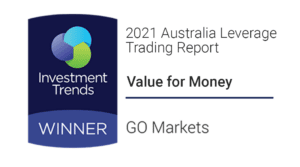


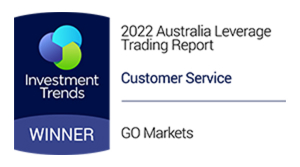
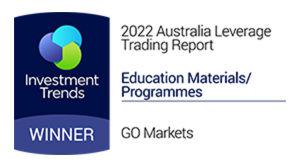








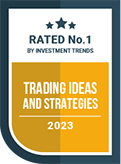













GO Markets
让交易更进一步
探索上千种交易机会,享受专业机构水准的交易工具、流畅稳定的交易体验,以及屡获殊荣的客户支持。开户流程简单快捷,让您轻松开启交易之旅。
.jpg)
2025 年第四季度,比特币再次走出一段教科书式的“暴涨暴跌”。10月初,在“Uptober”情绪与机构买盘推动下,比特币一度冲上约 12.6 万美元历史新高;随后伴随宏观风险升温与内部杠杆踩踏,价格一度回撤逾三成,11月下探至 8 万美元出头。进入 12 月,比特币在 9 万—9.5 万美元区间震荡,市场情绪从恐慌转向谨慎观望。
一、导火索:中美贸易再起波澜
这轮调整并非普通技术性回调,而是 宏观“黑天鹅”叠加币圈自身脆弱结构 的结果。10 月 10 日,美国威胁对全部中国商品加征高额关税,而此前中国扩大稀土出口管制,引发全球供应链与科技股剧烈波动。风险资产整体“去杠杆”,高 β 的加密资产首当其冲,比特币从高位被直接砸下,开启了随后数周的连续下跌。
二、链上与盘面:一场典型的“流动性踩踏”
从微观结构看,这更像是一场 流动性危机:
1. 在高位,合约市场长期维持高杠杆,多头拥挤。
2. 宏观利空落地后,做市商与算法交易迅速收缩仓位,订单簿深度被抽空。
3. 随着价格击穿关键支撑,大量多头触发强平,几小时内清算金额飙升,形成典型的“瀑布式”下跌。
与此同时, 现货 ETF 这把“双刃剑”开始反向发力。10 月以来,部分机构投资者选择在高位获利了结,11 月美国现货比特币 ETF 出现上市以来最严重的单月净流出,放大了抛压。
矿工端也并非毫无压力。价格跌回成本区间附近后,一些电价、算力成本较高的矿工现金流吃紧,陆续卖出库存以维持运营,令反弹的高度受到压制。
三、支撑逻辑:这次和以往不太一样的三点
尽管短期剧烈波动,但支撑比特币长期价值的 三根“底层支柱” 并未松动:
1. 监管确定性:GENIUS法案落地,7 月签署生效的《GENIUS 法案》,为美元计价的合规稳定币划定了清晰监管红线:发行方需按 1:1 持有现金或短债等高流动性资产;在发行主体破产时,稳定币持有人对这部分储备享有优先受偿权。这等于把合规稳定币正式纳入美国金融体系,为大型机构安心入场扫清了关键合规障碍。
2. 宏观流动性:美联储再度接近“放水拐点”。在10 月已降息 25bp 的基础上,市场普遍预期美联储在 12 月会议上将再次小幅降息。历史上,每一轮宽松周期开启前后,往往是风险资产估值重定价的窗口期,比特币过去数轮牛市也高度受益于全球流动性扩张。
3. 链上结构:筹码从“弱手”向“强手”转移。链上数据显示,11月以来,持有1000 枚以上 BTC 的大额地址数量重新上升,而散户与短线资金则在恐慌中减仓。换句话说,这轮下跌更多是 短期投机者被洗出局,长期资金则利用波动悄然加仓,比特币的持币结构正在变得更“重心下移、久期拉长”。
四、仍需警惕的两大风险
当然,做多情绪不能只看利多,也要看到潜在隐忧:
1. 监管分化风险:与美国选择“纳入监管”不同,中国在11 月底再度重申对虚拟货币交易的严格禁令,并首次将稳定币点名为重点整治对象。短期看,这会压缩亚洲场外通道的有效性,削弱东亚资金的边际买盘。
2. 资金结构的脆弱一面:现货ETF 引入了大规模、却高度“举棋不定”的机构资金,容易在波动时形成“追涨杀跌”的羊群效应;部分配置比特币的小型上市公司与高杠杆产品,仍面临净资产波动与条款触发的被动减仓风险,是未来需要持续跟踪的潜在“次级卖盘”。
五、结语:暴跌之后,站在谁的时间维度上?
综合来看,Q4 的这轮“过山车”,本质是 贸易战冲击 + 杠杆出清 + ETF 资金再平衡 叠加的结果。
从短期视角看,市场仍处于情绪修复期,价格在矿工成本与宏观预期之间拉锯,美联储12 月决议将是下一阶段方向的关键催化剂。
从中长期看,在美国稳定币立法落地、全球流动性边际宽松、以及持币结构逐步“机构化”的背景下,比特币正在从一只高波动交易资产,缓慢向“数字储备资产”的角色靠拢——只是这条路,从来不是一条直线。
.jpg)
Bitcoin rebounded 7% to touch $94,000 this week as two of the world's largest asset managers doubled down on their conviction that this cycle could break from crypto's boom-bust past.
BlackRock CEO Larry Fink and COO Rob Goldstein declared tokenisation "the next major evolution in market infrastructure,” comparing its potential to the introduction of electronic messaging systems in the 1970s.
Tokenised real-world assets have exploded from $7 billion to $24 billion in just one year, with certain projections expecting tokenised instruments to comprise 10-24% of portfolios by 2030.

Grayscale's latest research also put forward the case that this cycle will not follow Bitcoin’s predictable four-year pattern. Their analysis shows this cycle has had no parabolic price surge like previous cycles, and capital is flowing through regulated ETPs and corporate treasuries rather than retail speculation.
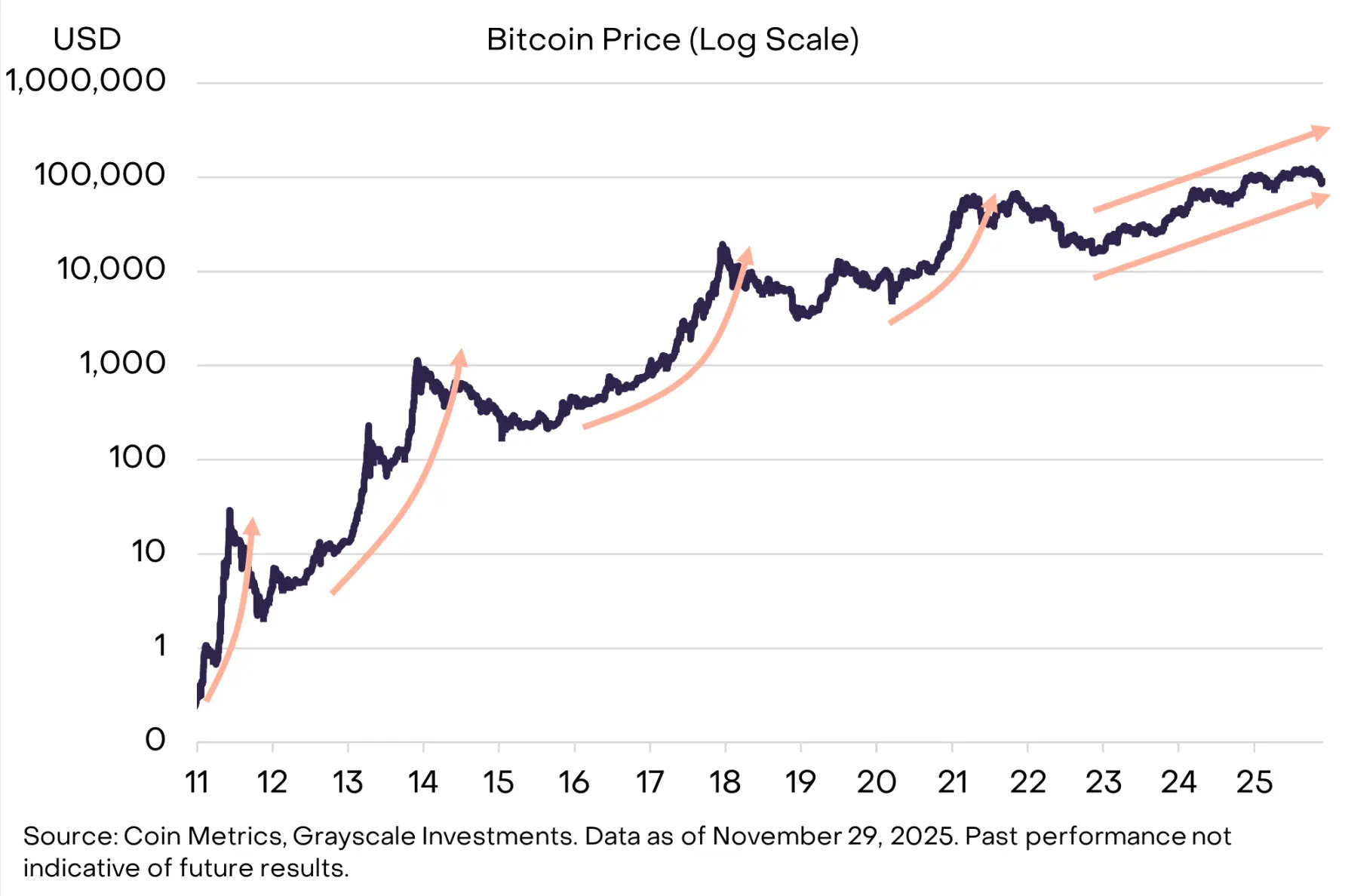
Grayscale has boldly predicted Bitcoin will reach new all-time highs next year based on this data, with near-term catalysts including a likely Federal Reserve rate cut and advancing crypto legislation.
AI Boom Creating a Memory Chip Supply Crisis
The AI revolution has had an unexpected ripple effect on conventional memory chips (DRAM).
Post-ChatGPT launch in 2022, chipmakers pivoted aggressively toward high-bandwidth memory (HBM) chips — the components that power AI data centres.
Samsung and SK Hynix, who control roughly 70% of the global DRAM market, transitioned large portions of their production away from conventional chips.
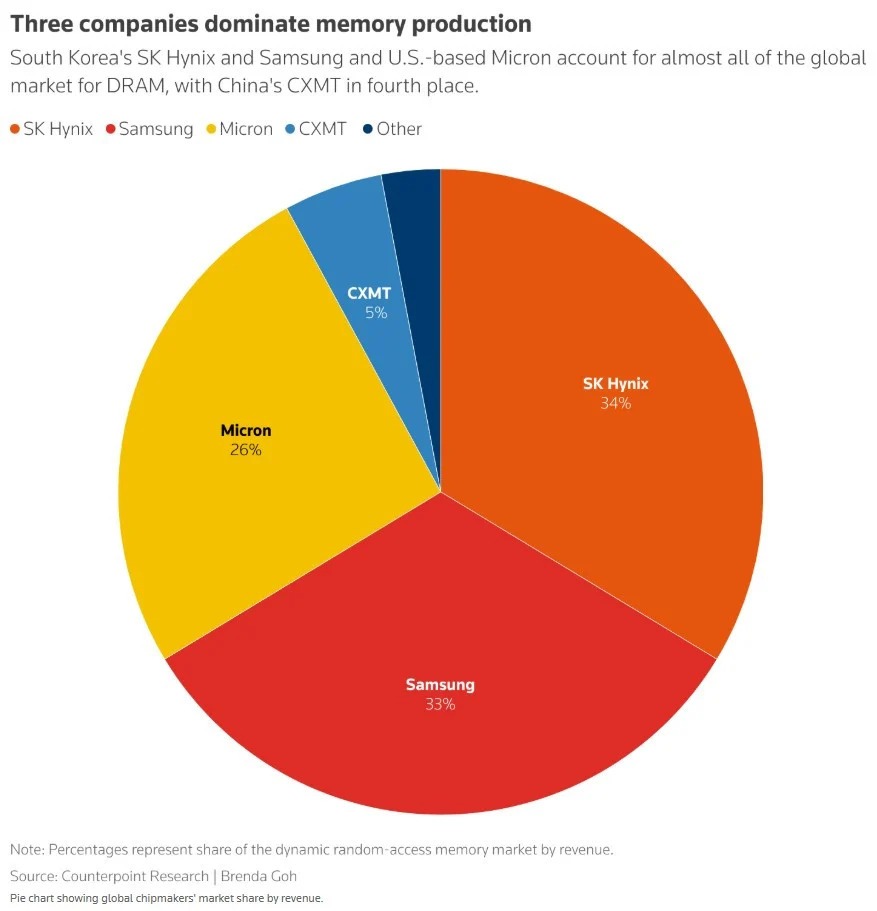
This worked in the short term, but data centre operators are now replacing old servers, and PC and smartphone sales have exceeded expectations (all of which require DRAM).
This saw DRAM supplier inventories fall to just two to four weeks in October, down from 13 to 17 weeks in late 2024.
DRAM spot prices nearly tripled in September this year, while in Tokyo's electronics district, popular gaming memory modules have surged from 17,000 yen to over 47,000 yen in recent weeks.
Google, Amazon, Microsoft, and Meta have all approached Micron with open-ended orders, agreeing to purchase whatever the company can deliver, regardless of price.
Samsung, Micron, and SK Hynix shares have rallied 96%, 168%, and 213% YTD, respectively, thanks to the increased DRAM demand.

Ironically, this recent price surge has seen DRAM chip margins approach those of the advanced HBM chips, meaning non-AI memory could now become equally profitable to produce.
Buying Pressure Pushes Copper Through Key Level
.jpg)
全球白银进入“缺货模式”,库存十年新低,价格可能迎来加速行情。
近期白银市场出现了一系列结构性变化,从国内交易所库存下降、出口增加,到月间价差反转、产业需求走强,多项指标均显示现货端正在收紧。同时,金银比持续下探,进入近年来的低位区间。这些因素共同构成了目前白银行情的核心背景。
- 十年以来的最低库存水平
从公开数据来看,上期所与上金所的白银库存已降至 2015 年以来的低位,大量的白银被运往伦敦,来缓解推高银价带来的市场紧张情况。库存下降的幅度不仅明显,而且具有持续性。这一趋势与两个现实因素相关:
- 年初以来白银出口量保持高位;
- 国内可用于交割的现货逐渐减少。

(白银和黄金库存,资料来源:彭博社)
库存下降直接影响到市场的可交割合约、产业采购与流动性。对于贵金属而言,库存处于历史低位通常意味着现货供应偏紧,后续价格对供需变化的敏感度提升。
虽然低库存本身并不一定等同于价格上涨,但若同时伴随现货溢价与需求扩张,则对价格的影响会更直接。从目前的数据来看,白银正处在这种组合情形中。
- 期货月间价差持续反映现货偏紧
近期,近月白银价格高于次月合约,这是典型的现货溢价结构。在贵金属中,这类结构的出现通常只有两种原因:现货不足或短期采购需求明显增加。

(资料来源:彭博社)
从上图可以看到,多个合约间呈现“近高远低”的结构。这说明持货方更愿意留在现货端,而非换到远端合约。对于工业需求占比较高的白银,现货价差变化往往比盘面价格更能反映供需状态。
历史上,铜、镍在进入上涨周期前,也普遍经历现货溢价阶段。白银当前的结构与这些阶段具有可比性。
- 出口、贸易流向与区域供需差异
近期中国白银出口量创历史新高,加上部分亚洲地区政策调整(如印度税制变动),导致区域间的货源流动出现新的分配方式。
其中两点较为关键:
- 印度对白银征税,使部分供应转向美国市场,美国近期的白银进口量明显上升。
- 亚洲市场的可用现货因此被分流,国内库存进一步缩减。
这种全球流向的变化不仅影响区域价格,还可能拉大各地现货与期货之间的差距。区域供需错配对贵金属价格影响往往具有滞后效应,但一旦积累,其影响会持续数月。
- 产业需求仍在增长,尤其是光伏领域
光伏产业对白银的消耗在过去几年保持稳定增长,白银约有四分之一的工业需求来自光伏产业链。第四季度通常是光伏装机较为密集的时期,因此对应的银浆需求往往有所增加。
在多个需求稳定甚至偏强的行业中,光伏仍是拉动白银实物消费的重要部分。需求走强叠加库存下降,使得现货市场对价格变化更加敏感。
- 金银比下探至阶段性低位
金银比近月持续回落,目前处于近年来的低位区间。金银比是贵金属领域常用的相对指标,具有一定市场情绪和资金流向指示意义。

(资料来源:Trading view)
金银比走低通常意味着以下两点:
- 黄金先行上涨并维持稳态;
- 资金开始关注相对滞后的白银。
在历史周期中,当金银比处于低位或持续回落阶段时,白银的相对表现往往具有更高弹性。特别是在库存下降和现货溢价同时存在的背景下,金银比的变化更可能反映资金变化,而非单纯的价格波动。
需要强调的是,金银比并不直接决定价格,但当它与供需紧张同时出现时,往往意味着市场对白银的预期正在边际改善。
- 综合判断
将库存、月间价差、出口与贸易方向、产业需求及金银比放在一起分析,可以得到一个相对清晰的结论:
白银正在经历一轮以现货紧张为核心的结构性变化。
这种变化带来的影响包括:
- 短期走势可能以波动为主,但回调空间受库存与现货需求支撑;
- 中期趋势偏强,因为库存恢复一般需要时间,而出口与产业需求并未出现下降;
- 若金价继续维持强势,白银的相对涨幅可能更高,这与金银比的阶段性变化一致。
从数据结构来看,白银目前处于供需偏紧阶段,这一阶段可能持续至库存出现明显回升或产业需求放缓。在此之前,价格更容易受到现货端的推动。

